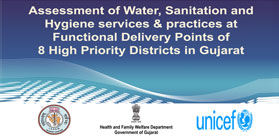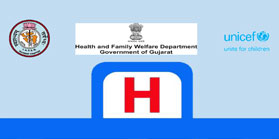e-Resource
In today’s era of advanced technology, the methods of learning and teaching both have been changed. The uses of electronic media and internet have made the learning more advanced and easy to understand. Chalk and board method of teaching has its own advantage. Simultaneous use of advanced methods like power-point presentations, video lectures, video conferences etc have added the prosperity to audio visual learning methods.
The Goal of the E-resource Centre is to compile the all knowledge documents and made available at the place, which is accessible to everyone at anytime from anywhere and thus contributing to create a knowledge environment.
The Objective of this section is to make available such resource materials to the faculty members, Post-Graduate students of Community Medicine, Colleagues working in the field of Public Health and general public as well. This content can be stand as landmark while preparing for undergraduate/postgraduate lectures to the faculties and for exam/knowledge purpose to the PGs. The e-resource centre stands on the principle of the collectivism and volunteerism. We wish that by your support and active contributions this section can be rich and useful to people working in the field of PSM/CM/PH.
Content provided in this section of IAPSM will be useful to not only the undergraduates and post graduate students but also to the faculties of community medicine. It can be accessed through search button in Presentation sections. Guidelines, PSM in Picture and Reports can be directly downloaded.
Any of the faculty members can send such study material to the following mail id: academia.iapsm@gmail.com for wider circulation and better utilization to the peers. Suggestions are also requested for displayed material.
The resource materials are used from the colleagues who have willingly shared, available on internet or circulated in workshops etc. The objective of sharing resource is purely academic and non commercial. As CM/PSM subject is constantly evolving and many new updates happening, there are the chances that resource materials contain older information. Hence users are advised to use their discretions about such information. Feedback from the users on the same will be greatly appreciated as it will help us in keeping e-resource centre updated.












